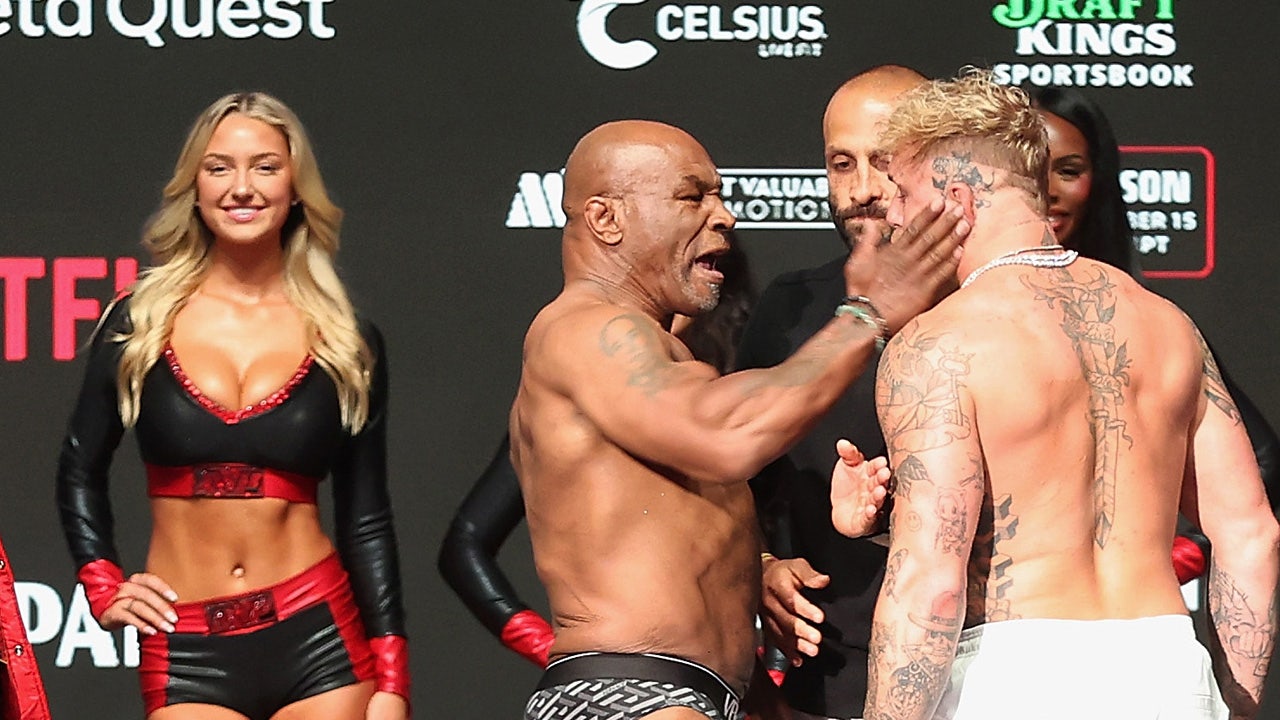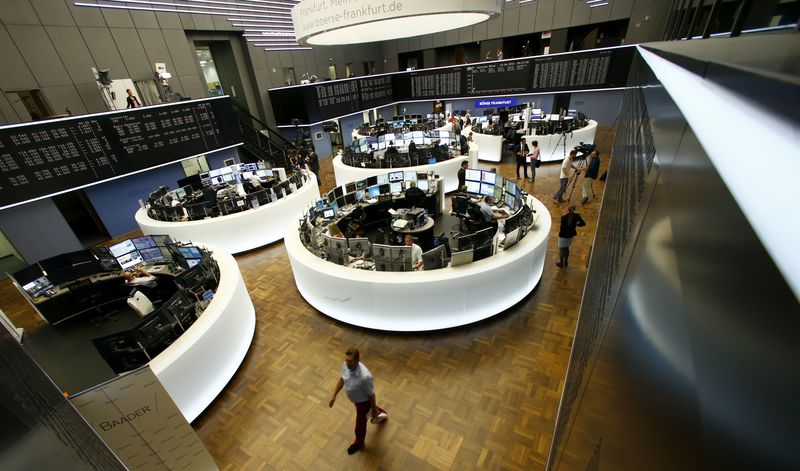By Arriana McLymore
NEW YORK (Reuters) – U.S. holiday shoppers have big plans to use small screens for a head start this year on Thanksgiving Day, and retailers have spent weeks priming them, touting pre-Black Friday online discounts for everything from TVs and toys to Bluetooth speakers.
Major retailers including Walmart (NYSE:) and Target (NYSE:) close their brick-and-mortar stores on Thanksgiving Day, reopening their doors on Black Friday. But tech-savvy 18- to 24-year-olds who may be with their families for Thanksgiving are likely to make mobile purchases from their sofas.
Shoppers have been lured by the convenience of apps that have made it much easier in recent years to make purchases from retailers’ websites using mobile devices.
“What we’ve always seen is this gap between shoppers looking and browsing from their phones, but then they go back to their computers and buy,” said Caila Schwartz, director of consumer insights at Salesforce (NYSE:). That gap is shrinking as retailers streamline payment methods including Google (NASDAQ:) Pay and Apple (NASDAQ:) Pay, store billing and shipping information for loyalty members and tailor merchandise suggestions to users.
For the months of November and December, mobile spending is set to hit a record $128.1 billion, up 12.8% from last year, according to Adobe (NASDAQ:) Analytics, which keeps track of the type of devices that use Adobe’s software to help power more than 1 trillion visits to U.S. retail sites.
Gen-Z consumers, who are comfortable shopping and comparing prices on their mobile phones, are driving the shift toward mobile spending, and are likely to influence their families to do the same over Thanksgiving, noted Minkyung Kim, Assistant Professor of Marketing at Carnegie Mellon University’s Tepper School of Business.
Mobile spending — transactions made on a smartphone, tablet or laptop — is expected to account for 53% share of online spending in November and December, totaling about $128.1 billion to surpass last year’s record high expectation of $113 billion, Adobe said.
Thalia LeBlanc, 33, said “nine times out of 10” she is shopping on Target or Nordstrom (NYSE:)’s retail apps from her phone or iPad. LeBlanc plans to spend $2000 on gifts for her family throughout the holiday season, with most of her purchases being on Amazon (NASDAQ:)’s app.
Convenience is a significant factor for shoppers who want to avoid long lines and crowded stores on Black Friday and throughout the holiday season. In the first 24 days of November, 51.6% of online shopping happened on a mobile device, an increase from 49.5% during the same time period last year, according to Adobe Analytics.
U.S. shoppers spent $39.9 billion through their phones, tablets and other mobile devices during that time, a 13.3% year-over-year increase, Adobe Analytics said.
The ease of shopping from mobile apps is also enticing shoppers to spend more money and make frequent purchases at their favorite retailers.
LeBlanc said apps from retailers like Amazon and Nordstrom make it easier for her to shop and complete other tasks, like paying off store-branded credits cards. LeBlanc, a Dallas, Texas resident, said exclusive deals and discounts also give her a reason to revisit the shopping apps.
Surf apparel brand Roxy said 60% of its web traffic is from mobile devices and most purchases come from loyalty members.
“The average basket is higher on the app and the conversion rate is also higher,” said Nur Ghossien Martin, a retail information technology director at Roxy’s parent company Boardriders. Roxy’s average basket size on its app is 85 euros (USD $89) compared to 80 euros (USD $83.80) on its mobile website, according to Ghossien Martin.
She said in previous years, the company has launched deals to get more shoppers to download the Roxy app during the holiday.
Amazon is known as a leader in mobile shopping given the capabilities of its online store. Ahead of the holidays, the company expanded its generative AI chatbot Rufus and launched Amazon Haul, its low-priced store set to compete with Shein’s and PDD Holdings to sell $12 dresses and $10 toys. The catch: shoppers can only access Amazon Haul through the e-commerce app.
Bringing that exclusivity of Amazon Haul to the app shows there is more room for growth in encouraging consumers to shop from their phones, said Melissa Minkow, global director of retail strategy at consultancy CI&T. She said “habitual” purchases on Amazon are likely to encourage more shopping on its mobile app.
Even as Amazon lures mobile shoppers with cheap holiday merchandise, Schwartz said Salesforce is seeing “more high ticket item buyers transacting on their phones” due to retailers giving detailed product descriptions and better mobile apps and websites.
Typically, retailers including Amazon and Mango will boost capacity and stress-test their websites and apps in the weeks leading up to the holiday season in preparation for an influx of bargain-hungry shoppers.
The boost in online traffic makes it “even more imperative for brands and retailers to invest in mobile-first technology,” Schwartz said.
Read the full article here















